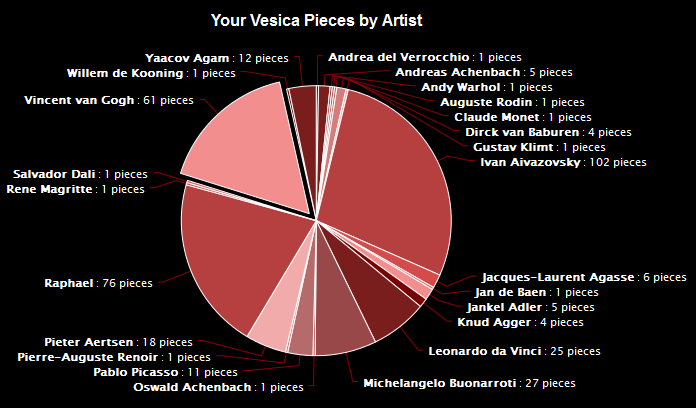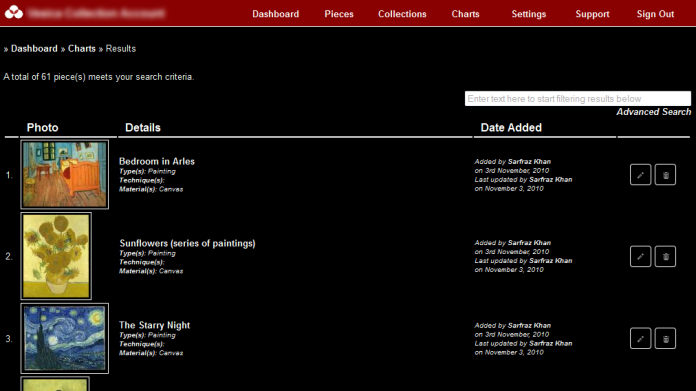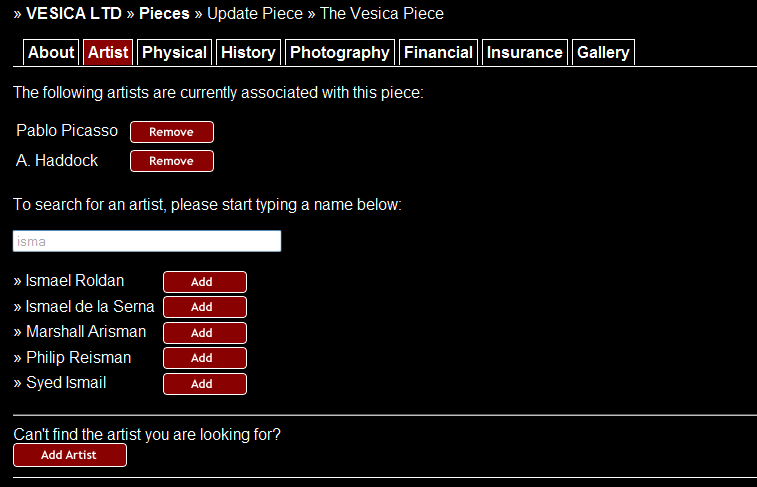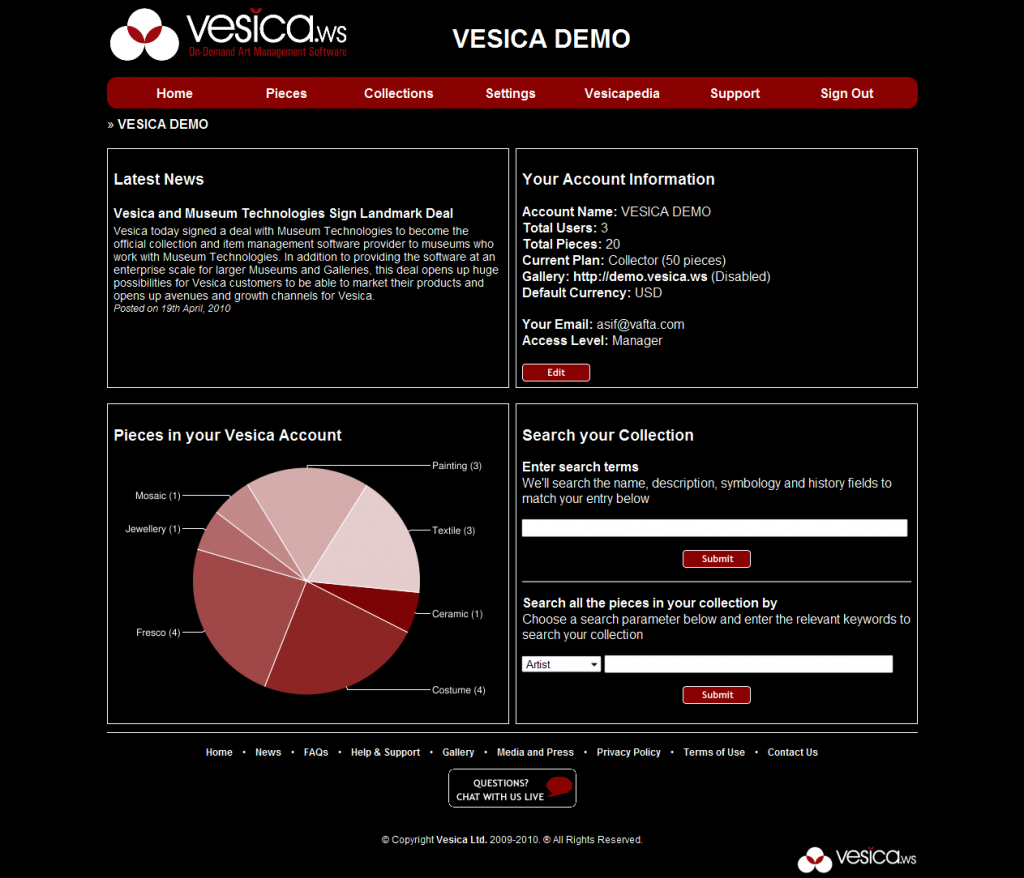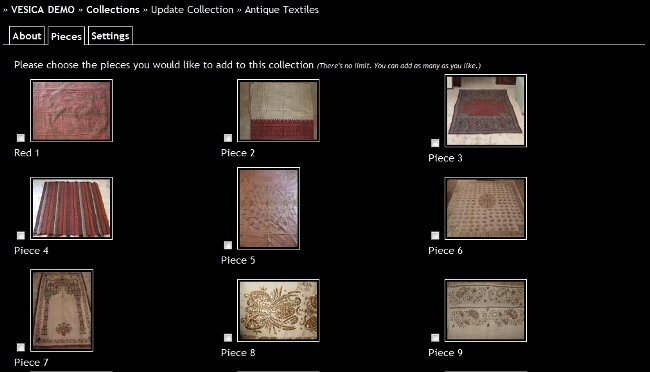The short answer is always. And they pay more than they would have than if they paid upfront.
Following on from my last article “Museum Technology: Adopt and Adapt” which discussed how museums need to use technology to become more efficient in today’s economy, this article will address another simple concept that applies in business, but which many museums seem to overlook, with disastrous results.
First of all – there is no such thing as free consulting – someone is paying for it – if it’s not the museum, it is the person rendering those services. The concept of volunteerism has been stretched to its extremes in this industry, especially in the UK, where people are expected to work in institutions with no or little compensation for years, and it doesn’t do anyone much good. It leads to the type of attitude discussed in this article: “What would you save? Museums or Libraries?“, and when it is taken to its extremes and professional consultants are ask to volunteer their services, in the end, the museum will pay for it, and pay more – much more.
Take, for instance, the case of a museum in London that we recently engaged with. It’s a wonderful museum and has some great medieval treasures, but they are managed rather inefficiently, especially when it comes to spending on technology and infrastructure. A few years ago, when the museum was looking to invest in IT, instead of hiring a professional for advice, they went to someone who volunteered from the local hospital’s IT department. Now, that may have seemed like a great idea at the time – not paying a professional some money to gather the requirements and recommend exactly what the museum needs. Instead, this free consultation led the museum into being tied with a paid contract with the hospital, which now provides IT support to the museum, maintains their website and a custom-built collections management system – when they can. Exciting, no? What’s more, for a small collection, they are paying extravagant sums of money. Let’s put things into context, they could save about £35,000 a year if they used a service like Vesica. What, then, you wonder, could a small museum do with £35,000 a year for 5 more years if only they didn’t go for the free consultation at the beginning. That’s the price you pay for a free consultation.
Then there is the arts centre in Central London. Run by a trust, volunteers and 2 employees, this trust approached a private college in the area for advice on what to procure for setting up a website and email. Again, this was a case of getting free advice, which was a good option as recommended by those working for free (the volunteers and the trustees). The college insisted that the arts centre must buy and manage their own servers. Yes, their own servers for 5 email accounts and 7 page website. After recommending spending £15,000 and helping the arts centre procure the hardware, the college was unable to support them because their IT personnel were busy, and the centre would have to pay for IT staff’s time to get everything set up. This advice was wrong from the outset and it cost the arts centre at least £10,000 in wasted spending, which came from a grant they got to promote and support the arts locally.
These are just 2 examples of the countless ones in and around the UK – the fact is that when someone is giving you free advice, they will advise you to their benefit, which will not be in the benefit of the museum, and will cost more than an initial consultation fee.
In other words, good advice is not free. You can’t get everything volunteered, and you shouldn’t have to.
Aim for professionalism instead of volunteerism every time and all who are involved will benefit.



